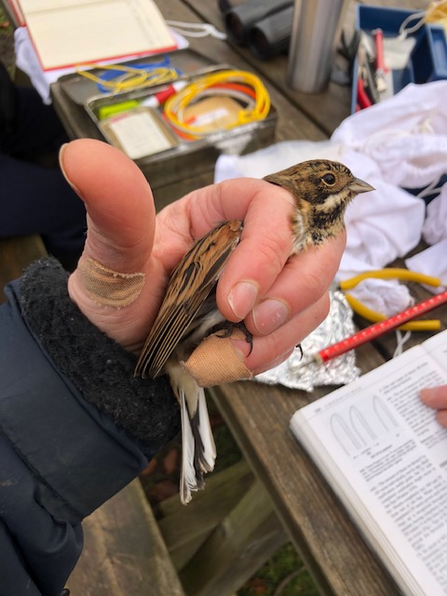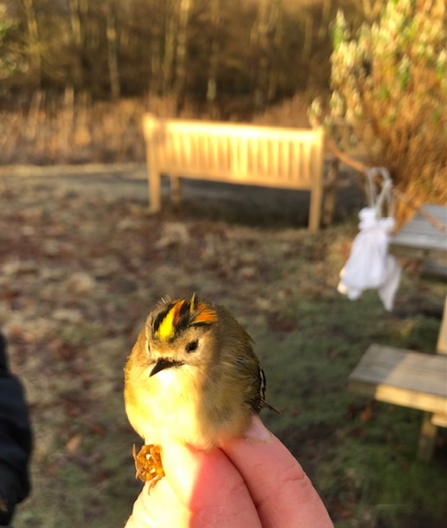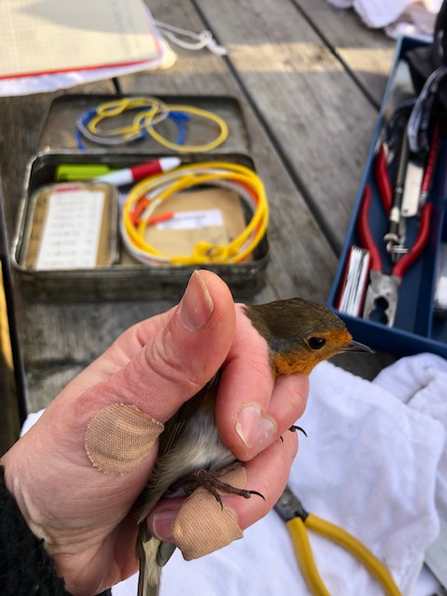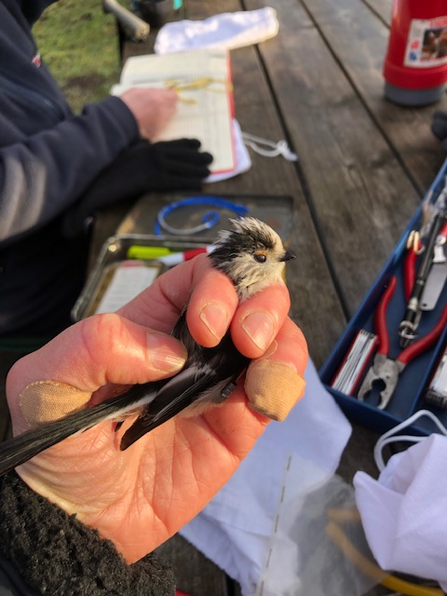We know, sadly, that many species of UK birds are declining, with woodland birds showing a 27% decline since the early 1970s and many upland and coastal birds also suffering. Though many are in decline, a few, such as long tailed tits, great spotted woodpecker and buzzard are on the increase, but where do we get our data on how bird populations are doing from?
The BTO (British Trust for Ornithology) gather data from various places including breeding bird surveys (BBS), Wetland Bird Surveys (WeBS) and other surveys, but also a lot of data is gathered from bird ringing. Durham Wildlife Trust's Low Barns and Rainton Meadows sites are Constant Effort Sites (CES), where dedicated local bird ringers carry out year-round ringing. The data gathered gives an indication of how well different species are doing on the sites, if different species are breeding and in what sort of numbers and how long they live. In the case of migrant birds, when birds already ringed elsewhere are re-caught (re-traps), information can also be gained on their migration route.






